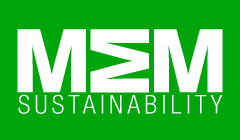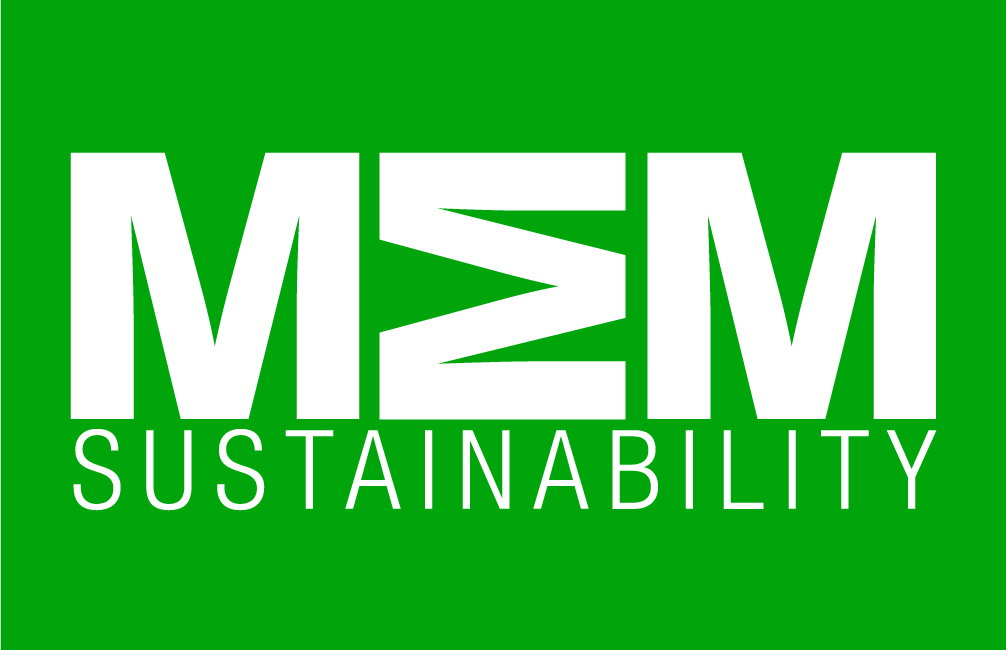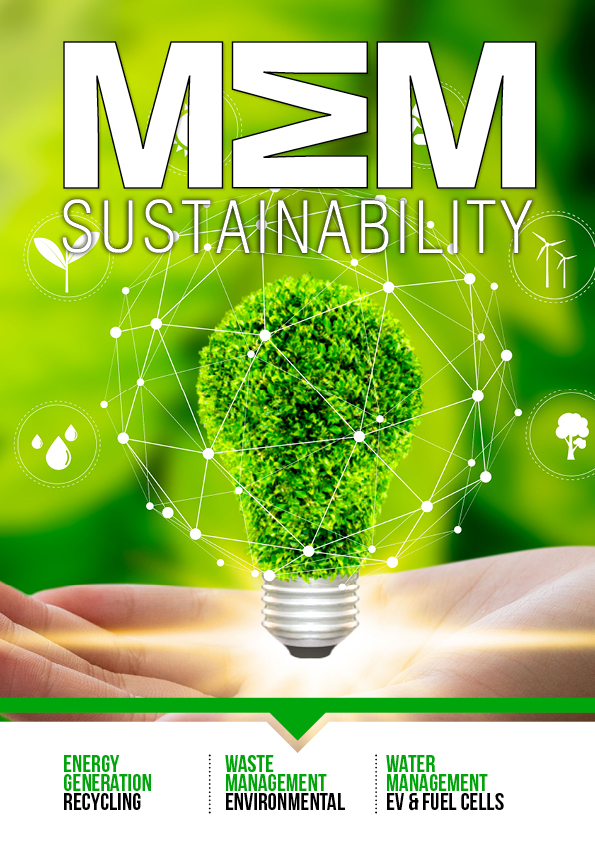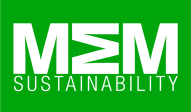Parliament returns and the UK water sector is readying itself for change, writes Ian Thompson, managing director of Xylem UK and Ireland.
As the House of Commons returned on 2 September 2024, water has perhaps never been higher up the political agenda.
I hope to see a push for sector collaboration from the new Labour government, in particular between water companies and Ofwat. Strong, frictionless collaboration will help drive investment and project delivery, a key priority for the sector.
For the last 10 years, utilities’ budgets have been constrained and progress on infrastructure projects slow. Now, with building blocks in place in terms of funding and political will, there are new opportunities to really deliver improvements.
Some £88 billion has been earmarked for investment in Ofwat ’s 2025-2030 draft determinations, a big increase on the previous asset management plan (AMP) period. Much of this investment will be in new digital and data-powered technologies, which have the potential to reshape water.
As with any major transition, digitalisation is not without challenges, a key one being the pace of innovation. The water sector is understandably conservative in its approach, but trying to introduce innovation in the UK can feel like walking through treacle.
As a country, we can learn from water-scarce places like Spain, California and parts of Africa, where water is precious – and innovation gets embraced more quickly. Now that UK utilities have a wealth of trialled and proven technologies at their fingertips, they can become bolder.
Another digitalisation challenge is understanding how to digitally connect all network assets, so the millions of datasets being captured can be used to their full potential. Currently, the data landscape is like a patchwork that needs to be brought together into a single picture using digital connectivity.
Take the Environment Act 21 (part 5, section 82), for example, which requires utilities to continuously monitor water quality upstream and downstream of all storm overflow and sewage disposal works, which discharge into a watercourse. This is a massive undertaking, which will capture water quality data on a scale we have never seen before.
If managed correctly, there is much value to be gained from that data. It is not just going to tell the utility that a combined sewer overflow (CSO) is discharging, it will also reveal the resulting impact on water quality.
The pollution may not have come from the utility CSO, perhaps its source is upstream farmland. Data can connect the dots and provide insights that can be shared with stakeholders, communities and river users, underpinning collaborative solutions.
The rollout of an additional 10 million smart water meters is another initiative that will bring in unprecedented volumes of data. The benefits of leakage detection, customer billing and per capita consumption are well known, but this usage data, if fully leveraged, has even more potential.
Could schools have digital displays that show children how much water is being used in a day, encouraging them to drink water, wash their hands and then turn the tap off? Such technology-led engagement can be a fantastic resource for educational programmes and help utilities become part of the community.
Overall, I am hugely optimistic about what technology can help water companies achieve over the next five years.
As well as being transparent about mistakes made, the sector must continue to highlight the progress it is making. One example is the Thames Tideway, which will become operational in 2025. As the largest sewer in Europe, the extraordinary project will have a hugely positive effect on the River Thames and should be celebrated.
The water community is made up of many different companies with a vast array of skillsets, but we have a shared vision. With close collaboration, the expectations of the public and other stakeholders can not only be met, but superseded – with new technology driving progress.
Ian Thompson, MD Xylem, UK and Ireland
Manufacturing & Engineering Magazine | The Home of Manufacturing Industry News
















